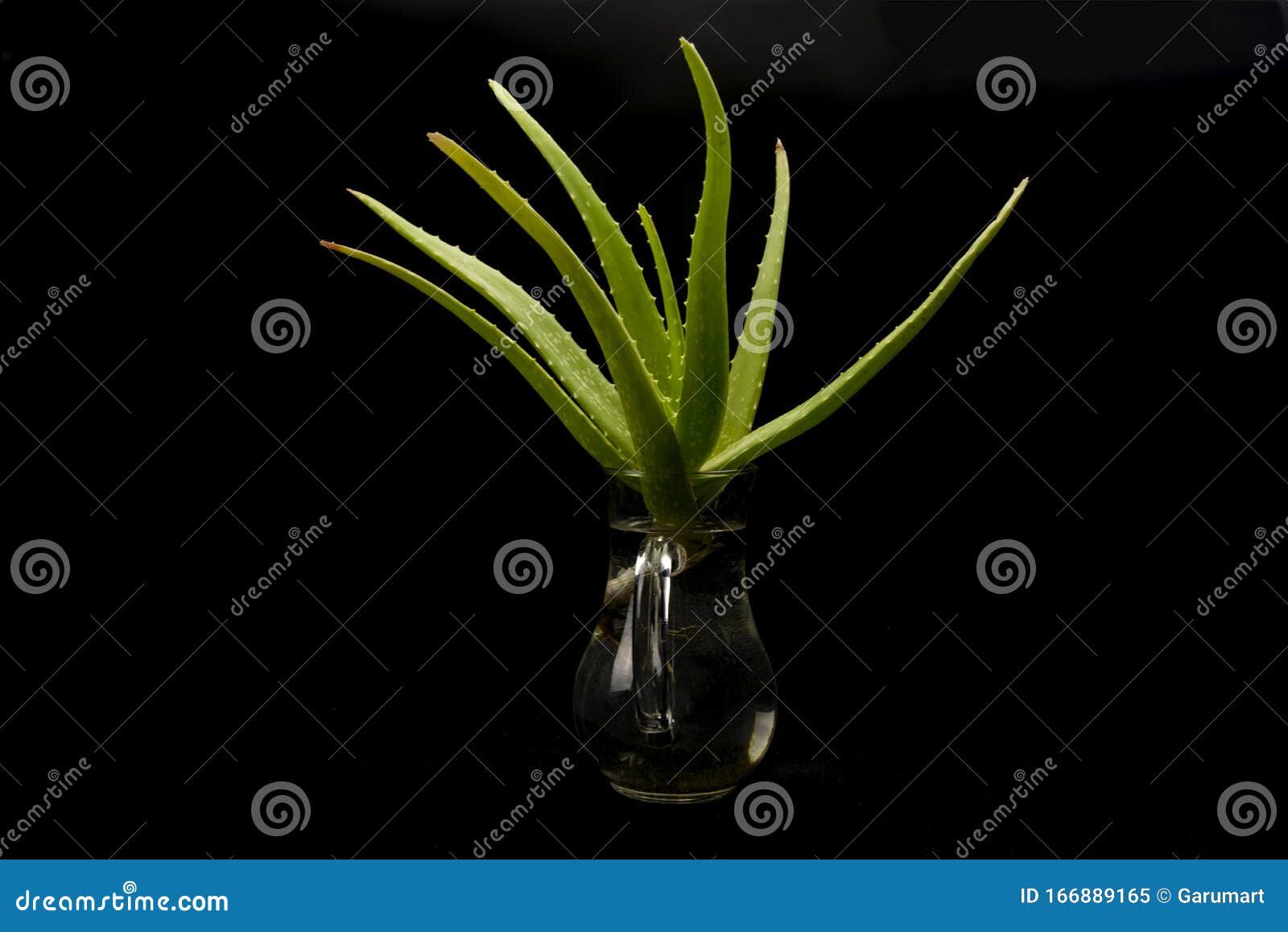Rooting Aloe Vera in Water: A Comprehensive Guide
Aloes, particularly Aloe vera, have captured the attention of plant enthusiasts and herbalists alike for centuries. Their succulent green leaves alone exude an aura of health and healing. The process of rooting Aloe vera in water is an intriguing subject for both seasoned gardeners and novices alike. This method not only enables the propagation of Aloe plants but also serves as an engaging pastime for those who appreciate nature’s wonders.
With the ability to sprout roots in a simple glass of water, Aloe vera makes for an accessible botanical project. The appeal of using water as a medium is manifold; it is cost-effective, reduces the need for soil, and offers a visually delightful spectacle as one watches the roots develop. This fascination stems from a blend of botanical curiosity and the desire to nurture life, making the propagation of Aloe vera a compelling endeavor.
Understanding the Science: How Aloe Vera Roots Grow
The root development process in Aloe vera is an exquisite interplay of biological mechanisms. This succulent plant primarily thrives in dry environments, leading to a remarkable adaptation where its root systems can efficiently absorb water, even in the most arid conditions. When placed in water, the Aloe vera cuttings initiate a growth process that might seem counterintuitive, given its natural proclivity for well-draining substrates. However, when submerged, the cuttings draw upon water retention capabilities, stimulating root formation through a phenomenon known as adventitious rooting.
This process begins at the cut site, where physiological changes occur that prompt root cell differentiation. Auxins, a group of plant hormones, play a pivotal role in this transformation, stimulating cell division and elongation in response to the moisture available in the water. Observing this natural response is indeed a captivating experience and serves as a reminder of the intrinsic resilience of plant life.
The Right Conditions: Preparing to Root Aloe Vera in Water
Successful propagation of Aloe vera requires a few fundamental considerations to ensure optimal growth conditions. Begin by selecting a healthy leaf or offset. When dealing with Aloe vera, the offsets—also known as “pups”—are particularly advantageous. These small bulbs grow at the base and have the potential to develop independently. When choosing a cutting, look for one that is plump and free from any signs of disease or damage, as these attributes contribute to better rooting potential.
Next, it is imperative to prepare the cutting. Use a sharp, sterile knife to make a clean cut, ideally at a 45-degree angle. This method increases surface area and encourages further moisture retention. Many enthusiasts recommend allowing the cutting to dry and callous for a day or two, as this lowers the risk of rot during the rooting process. A calloused end offers a barrier against pathogens and helps the plant focus on root development instead of healing.
Once your cutting is ready, it’s time to prepare the water. A glass container is often the most visually appealing option, allowing one to observe the root growth as it unfolds. Fill the container with room-temperature distilled water to avoid any chemicals present in tap water that might hinder development. Place the cutting in the water, ensuring that the cut end is submerged while the leaves remain above water to prevent decay.
While it might be tempting to change the water frequently, doing so can disrupt the rooting process. Instead, check the water level regularly and add more as necessary, ensuring that the cutting is consistently hydrated. Additionally, keep the container in a warm, well-lit area to promote growth while avoiding direct sunlight, which can elevate temperatures and lead to unwanted decay.
Patience and Observation: The Rooting Process
As days turn into weeks, the excitement of propagation deepens. Typically, Aloe vera cuttings take anywhere from two to four weeks to develop roots, though variations will occur depending on environmental conditions. Regular observation is rewarding in itself, as the first signs of roots breaking the surface of the water signal the success of your endeavor.
During this waiting period, it is crucial to remain vigilant for any signs of trouble. The most common issues include discolored or mushy cuttings, which may indicate that the plant is nearing decay. Should such a situation arise, it’s important to determine the cause and act swiftly, whether that means re-cutting the stem or changing the water entirely.
As roots emerge, gently confirm their health by examining their color and firmness. Healthy roots are typically white or light tan and should feel robust to the touch. The development of a root system that is visibly sturdy is an emblem of successful propagation and a testament to the nurturing care provided throughout the process.
Transplanting: From Water to Soil
Once the roots have matured—approximately two inches in length is a good benchmark—it’s time for the next phase: transplanting the Aloe vera cutting into soil. Prepare a well-draining potting mix designed for succulents, as this caters to the water retention needs of the plant, mimicking its natural habitat.
Carefully remove the cutting from the water and allow any excess moisture to drain off. Create a small hole in the soil and place the cutting inside, ensuring that the roots are adequately covered while the leaves remain above the surface. Water it lightly to settle the soil around the roots, and then place it in an area that receives indirect light until the plant establishes itself.
In summary, rooting Aloe vera in water represents a fascinating intersection between nature and horticulture. This process showcases the adaptability and vitality of plant life while providing an engaging activity for gardeners of all skill levels. Engaging with the transformative lifecycle of this remarkable succulent not only enhances one’s botanical knowledge but also offers a deeper appreciation for the resilient beauty that nature provides.





Leave a Comment